A ray of light is incident on a surface of glass slab at an angle The angle of refraction if the lateral shift produced per unit thickness is
Important Questions on Ray Optics
A cubical vessel has opaque walls. An observer (dark circle in the figure below) is located, such that she can see only the wall, , but not the bottom. Nearly to what height should water be poured, so that she can see an object placed at the bottom at a distance of, , from the corner, ? Refractive index of water is, .
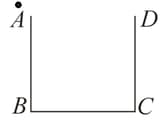
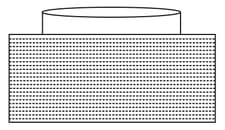
The depth of the swimming pool is . The area of the bottom of the swimming pool that can be seen through the slab is approximate-
Electromagnetic waves emanating from a point (in air) are incident on a rectangular block of material and emerge from the other side as shown below. The angles and are angles of incidence and refraction when the wave travels from air to the medium. Such paths for the rays are possible,
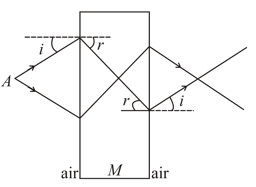
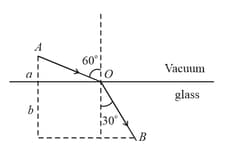
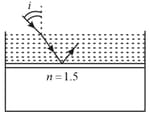
A diver, below water surface is trying to shine a torch light towards the point O which is horizontally away. The amount and direction in which diver has to swim (in the figure) so that the light can not travel outside the surface of water is (Refractive index of water )
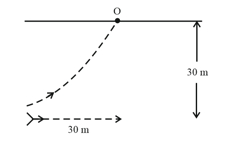

is a point at which the axis of the lens intersects the mirror. The distance is . The angle which the mirror makes with the horizontal is,